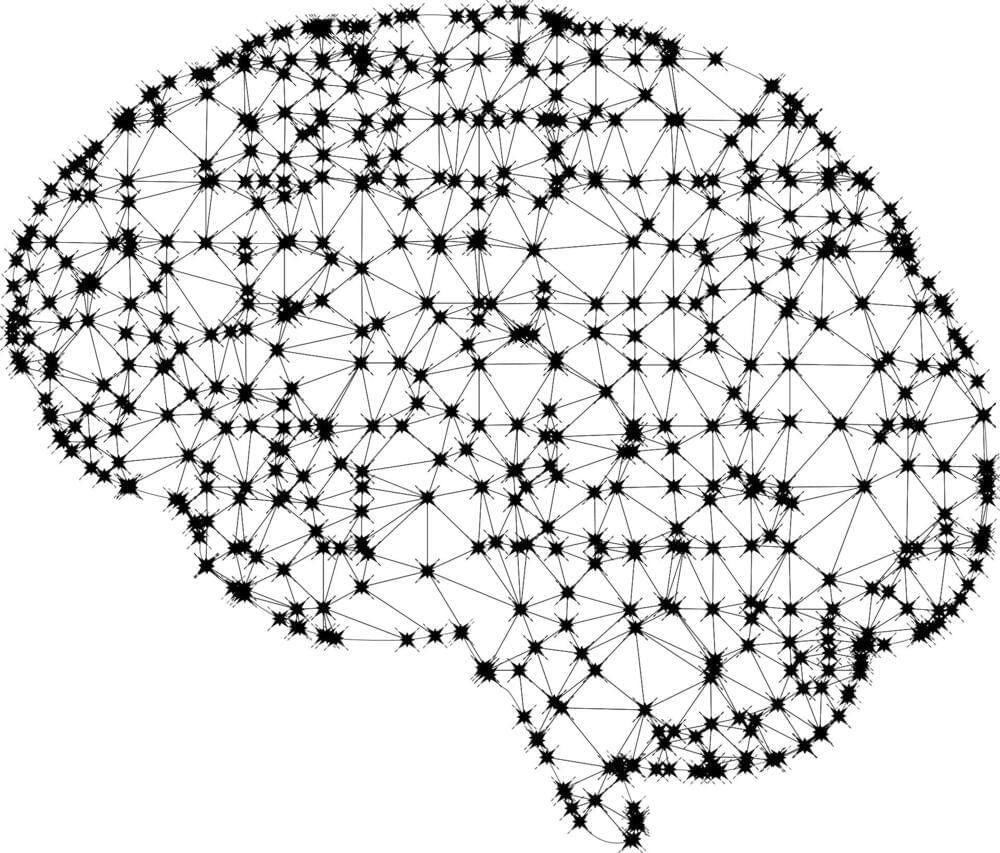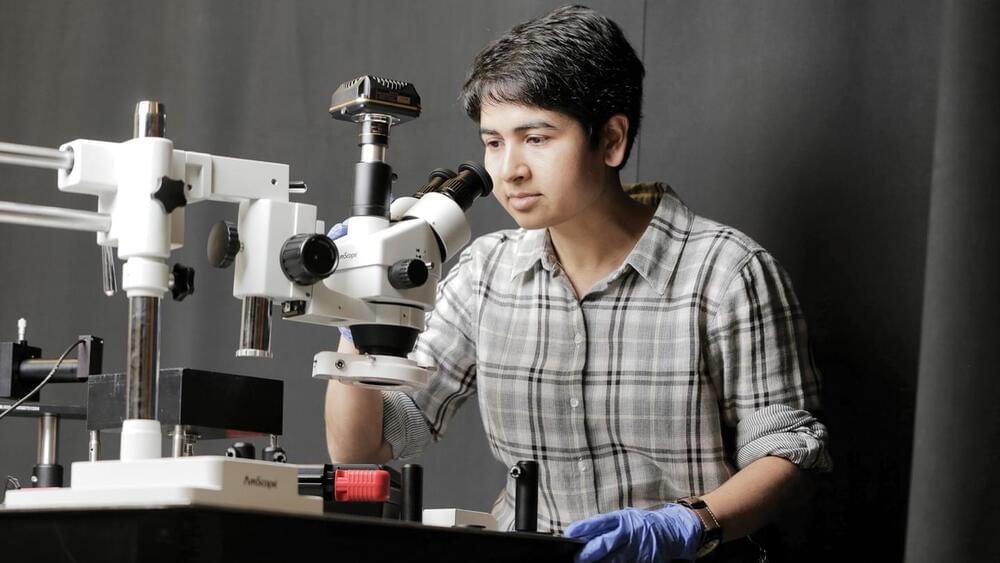Even linguistics experts are largely unable to spot the difference between writing created by artificial intelligence or humans, according to a new study co-authored by a University of South Florida assistant professor.
Research just published in the journal Research Methods in Applied Linguistics revealed that experts from the world’s top linguistic journals could differentiate between AI-and human-generated abstracts less than 39 percent of the time.
“We thought if anybody is going to be able to identify human-produced writing, it should be people in linguistics who’ve spent their careers studying patterns in language and other aspects of human communication,” said Matthew Kessler, a scholar in the USF the Department of World Languages.






